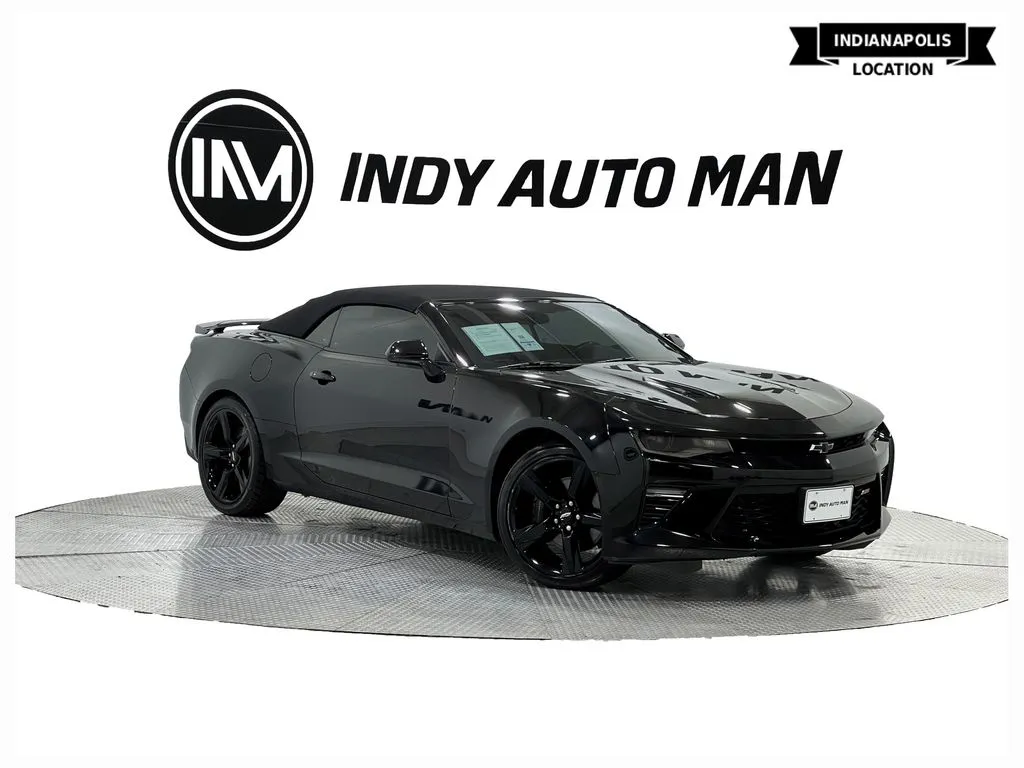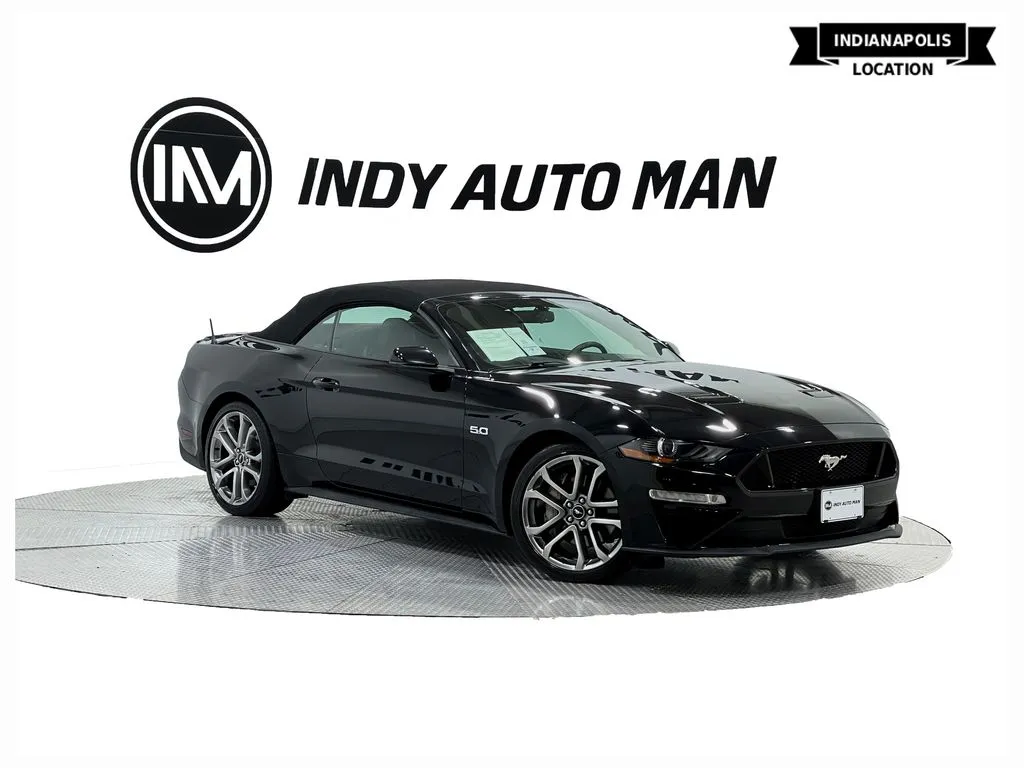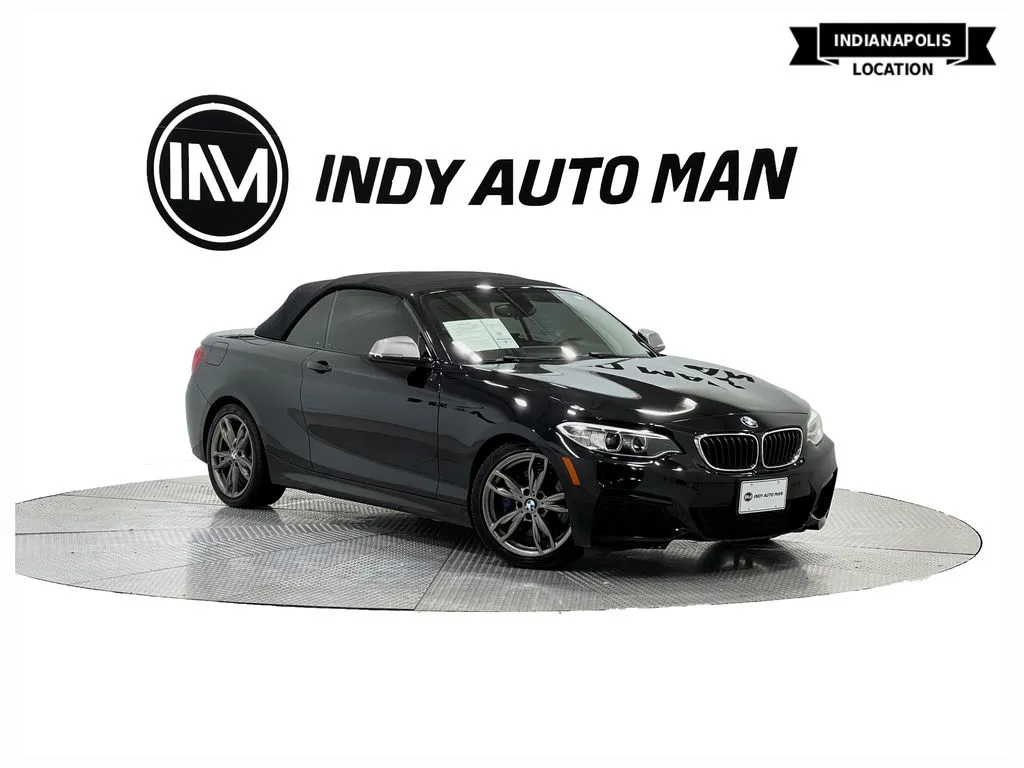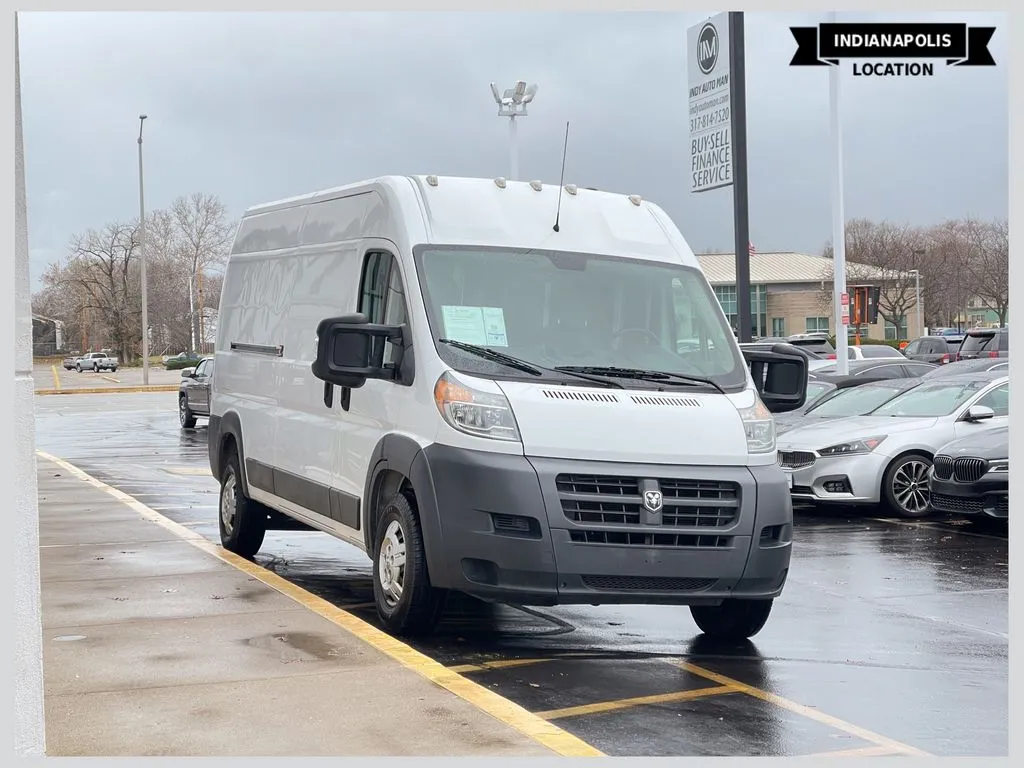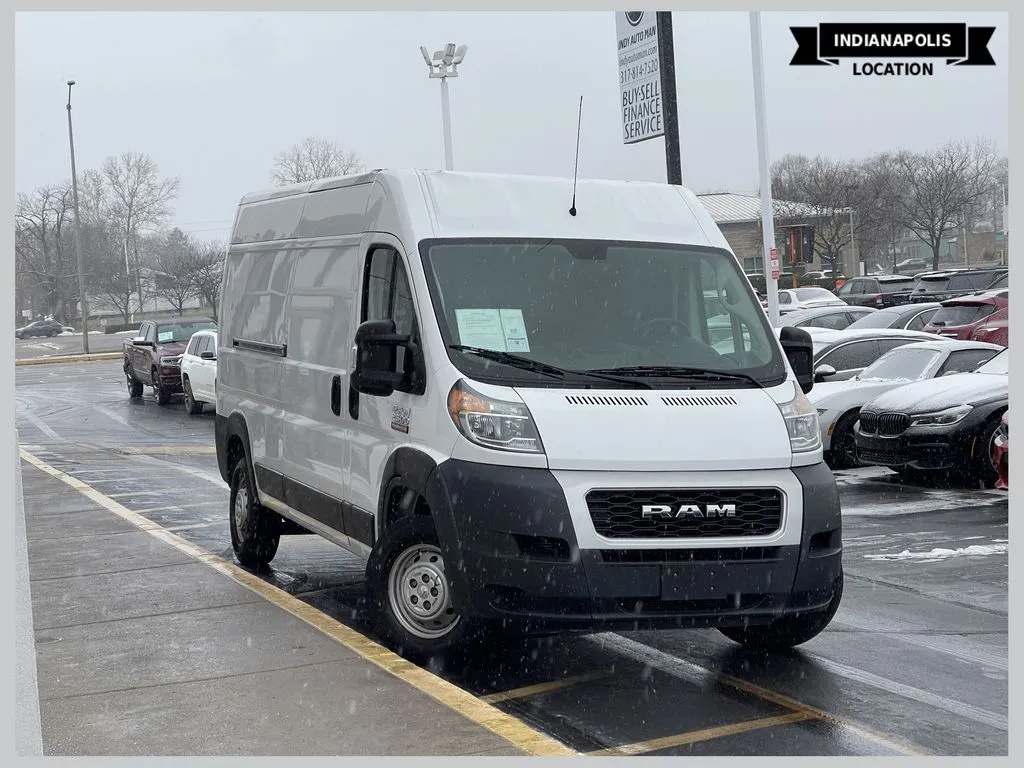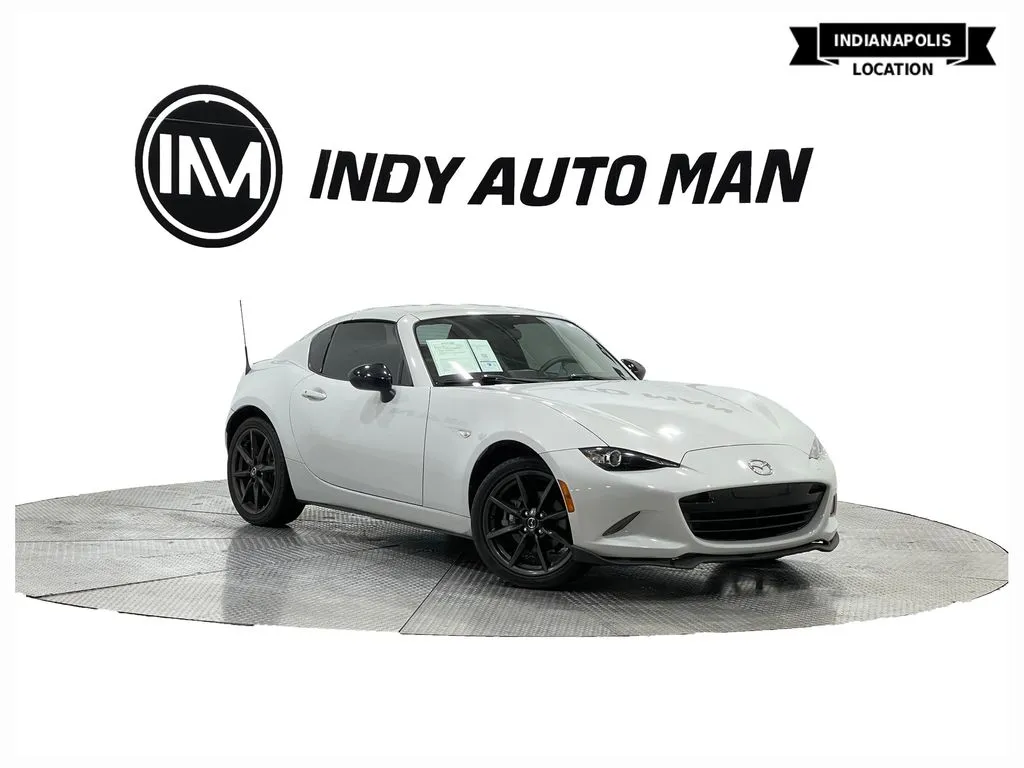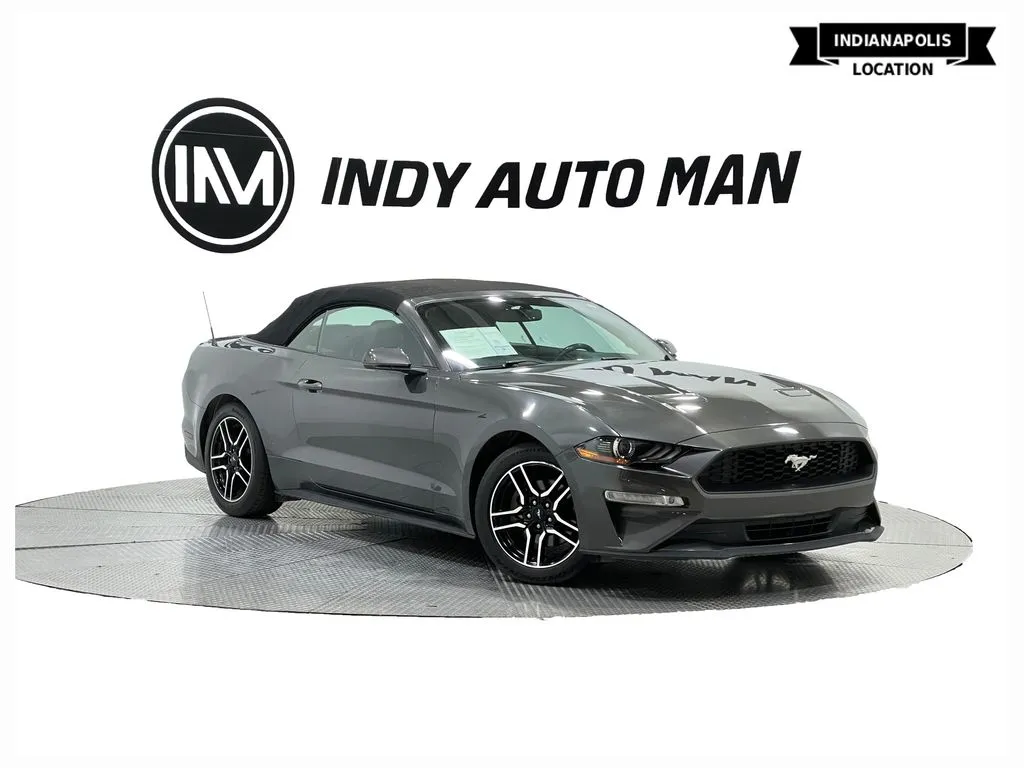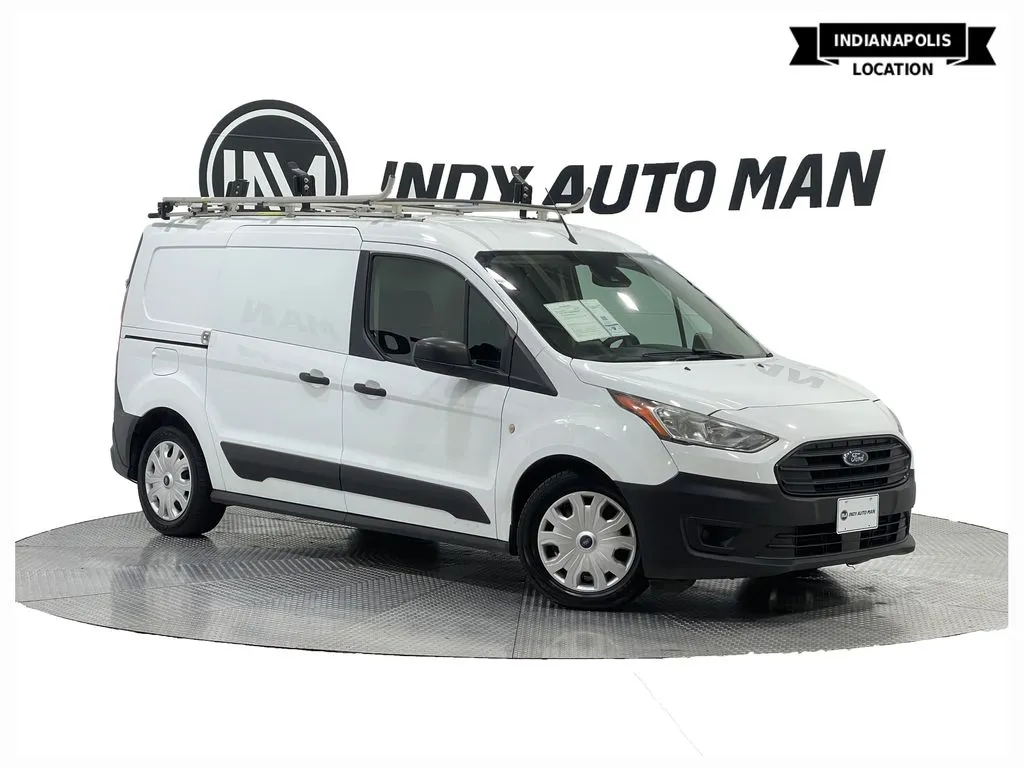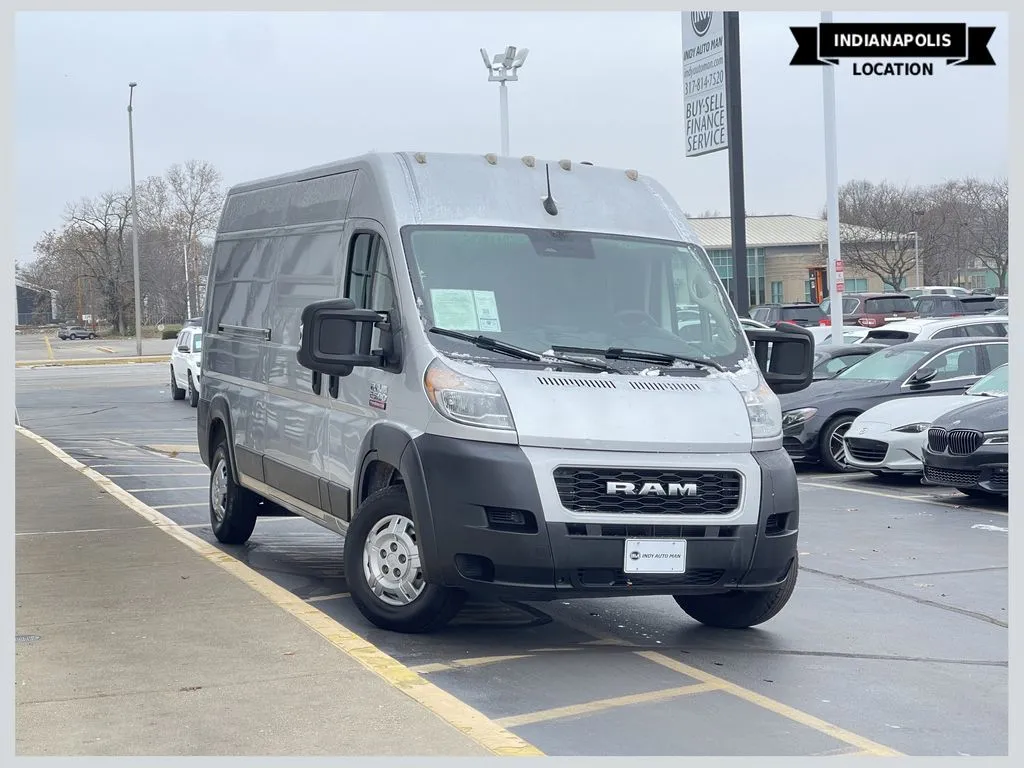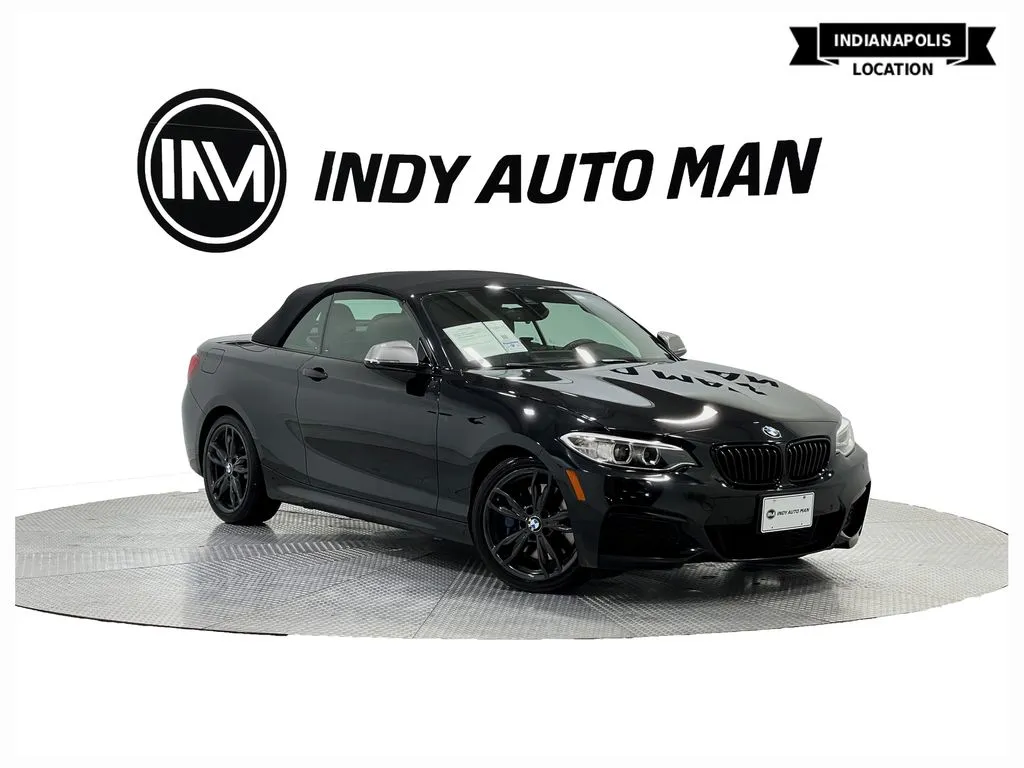Used Ford Transit: Four Generations Of Versatile Cargo Van
.jpg)
Ford Transit is a perfect example of reliability, unpretentiousness, and price-quality ratio. Over 60 years of its history, the car has been subjected to repeated restyling based on four platforms. There is a great variety of used Ford Transit vans at Ford dealers in Indianapolis area for personal and commercial use.
Today, we prepared an overview of the Ford Transit history and described the differences in generations of these versatile vans.
Ford Transit Through History

It all started in 1953, in Cologne, Germany. The first generation of Ford Transit had the abbreviation FK 1000, which indicated the carrying capacity of the vehicle. In 1961, the car became known as the Ford Taunus Transit and had been manufactured under this name for another four years.
In October 1965, the upgraded Ford car saw the light of day. The van production was set in Berkshire, England, at a former aircraft manufacturing plant, and later moved to Southampton.
The wide wheelbase of the new model gave a head start in carrying capacity to its class counterparts. The variety of body solutions also beat competitors. In addition, the Transit Mark 1 worked with an alternating current generator. These models were produced for 13 years.
Transit Mark 2, belonging to the first facelift, debuted in the spring of 1978. The model had a new nose section, interior, and engine inherited from the Ford Cortina model.
The second-generation Transit appeared in early 1986. Due to the single-box body design (hood and windshield at one angle), the model has been nicknamed the Shark. The series of engines mainly remained the same as those of the latest models of 1978-1985.
In 1992, the Ford Transit experienced restyling: the distance between the axles and the tire diameter increased. The use of cylindrical bearings on the axle shafts simplified repairs.
The new upgrade of Transits happened in 1994. The cars received a new front end and dashboard, as well as an eight-valve engine.
Modifications
The Ford Transit model range includes several main groups that differ in size.
- Short Base (SWB). The models in the line are perfect for use on city streets. Maximum compactness is combined with high load capacity, ensuring the transportation of significant cargo weight. For ease of loading/unloading, two modifications of short-based Ford Transit are available with a reduced and standard floor height. Similar options exist for the roof, which allows you to load building materials in a horizontal or vertical position. Options are also available with different drive types and cab (standard or dual).
- Medium Base (MWB). The mid-wheelbase Ford Transit is characterized by high reliability and convenience. There are also several roof and floor options available here, allowing you to choose the version for the required tasks. This line feels good both in a city with dense traffic and narrow streets and beyond. The load capacity of the MWB Transit models ranges from 1950-3640 lbs. Compared to the short base, the width and height of the side door have increased.
- Long Wheelbase (LWB). The extended Ford Transit will be the best option for daily transportation of large-sized cargo. Models in the line stand out for their increased capabilities and robust body. The LWB Ford Transit is not compact but has a very spacious cargo compartment.
Check also this comparison with other popular cargo vans:
Modern Transit

The third generation appeared at the turn of the century. The new Transit began to be produced in the summer of 2000. It had a completely different design and was also manufactured with front-wheel and rear-wheel drive. Availability in diesel and gasoline versions, as well as the ability to reach a top speed of 90 miles per hour, have received recognition from customers.
The facelifted Transit appeared six years later. The model has changed externally (new front end and interior), the power plant has been redesigned, and an engine from the Ford Ranger has been added. In 2007, the XXL stretch van was released, considered one of the most expensive among Transits.
The fourth-generation Ford Transit was launched in 2014. The model acquired the interior of the third-generation Focus and was available in cargo van and chassis versions with various roof and wheelbase options. Most of the engines remained from the previous generation.
Fourth-Generation Ford Transit Van

The new generation of the most popular commercial van has been completely updated and has become truly all-new. Even more body and transmission combinations, new designs, and even higher efficiency. There are only three body types:
- Van. A classic van with an all-metal body without glazing and passenger seats, Double-Cab-in-Van - a two-row cabin in a van, Kombi - a cargo-passenger convertible cabin, and Kombi Van - a partially glazed cabin is available for a long wheelbase.
- M2 Bus. Passenger minibus with 11 to 18 seats and a length of up to 264 inches.
- Chassis Cab. The chassis is available in single and double-cab variants, as well as tail-only and cab-less variants for coachbuilders.
Each body type has several base-length options. The Transit cargo van bodies of all modifications are load-bearing, with subframes and integrated half-frames for some types.
The All-new model name carries another additional meaning: this model is available in the North American market and gradually replaces the older Econoline/E-series vans. In the USA, only rear-wheel drive versions are sold. The most powerful engine is a petrol 3.5-liter EcoBoost V6, with twin-turbocharging and direct injection producing 310 hp and 400 lb-ft. The less powerful naturally aspirated (again petrol) 3.7 engine has a power of 275 hp and a torque of 260 lb-ft. The weakest in the line of Transit engines is a 3.2-liter five-cylinder diesel engine with 185 hp and 343 lb-ft, which is crazy by European standards. Of course, the engines only operate with a six-speed automatic transmission.
Electric Ford Transit
In 2020, Ford introduced the E-Transit, an electric version of its popular cargo van. The E-Transit also has many modifications. Buyers can choose among three lengths and three heights. The car is sold with an all-metal body and as a bare chassis for a superstructure. Depending on the configuration, the van's load capacity ranges from 3880 to 4513 pounds. The E-Transit cargo van is equipped with an electric motor (power - 269 hp, torque - 317 lb-ft) and a battery with a capacity of 69 kWh. The EPA-estimated range per charge is 126 miles for the low-roof van. The E-Transit van supports both AC and DC charging. The built-in charger with a power of 11.3 kW allows you to cope with this in eight hours, but if you connect to a station with 115 kW, the battery will be replenished from 15 to 80% in 34 minutes.
Why Was the Ford Transit Discontinued?
Ford plans to discontinue the Transit Connect in an attempt to reduce global manufacturing costs, along with "decreased demand for the compact van segment" - the statement many buyers in Indianapolis would not agree with.
Fortunately, there are plenty of Ford Transit options in the used car market. So if you plan to buy this legendary cargo van, do not postpone your visit to the Indy Auto Man dealership.

